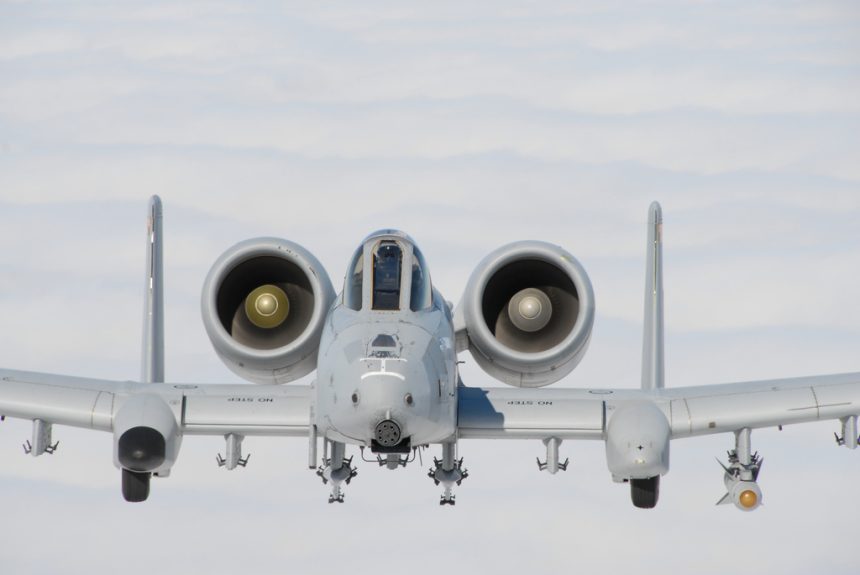A-10 Thunderbolts are back in Europe
The U.S. Air Force has deployed 12 A-10 Thunderbolt attack planes and approximately 300 personnel to Spangdahlem airbase, in Germany, as part of a so-called TSP (theater security package) in support of Operation Atlantic Resolve.
The aircraft are from the 355th Fighter Wing, Davis-Monthan AFB, Arizona, and are expected to be ready to fulfil the TSP mission by the end of the month: TSPs are meant to augment U.S. Air Force in Europe support to Operation Atlantic Resolve, “the demonstration of U.S. European Command and United States Air Forces in Europe’s continued commitment to the collective security of the North Atlantic Treaty Organization and dedication to the enduring peace and stability in the region.”
The A-10 has been designed to attack Soviet tanks during a Soviet invasion across the German plain and the Fulda Gap and has been a part of the AirLand Battle Doctrine pursued in the late 1970s/ early 1980s; hence an eventual involvement in a (proxy or direct) war with Russia is quite unlikely.
Therefore, the Warthog return to Europe after the last permanent unit was withdrawn in 2013, is probably just symbolic. The A-10 is today more suitable for other scenarios, like Afghanistan or Iraq.
By rotating A-10s and other assets to Europe, Washington flexes its muscles amidst growing tensions with Moscow: officially, 6-month TSPs enable joint training among NATO units, but they are just another way to increase presence in Europe and reassure regional allies.
Noteworthy, after a first period at the airbase in Germany, the first TSP and its A-10s will forward deploy to some unspecified locations in Eastern European NATO nations.
According to the Air Force, TSPs have conducted similar activities in the Pacific area since 2004.
Jacek Siminski has contributed to this post.
Image credit: Lockheed Martin
















